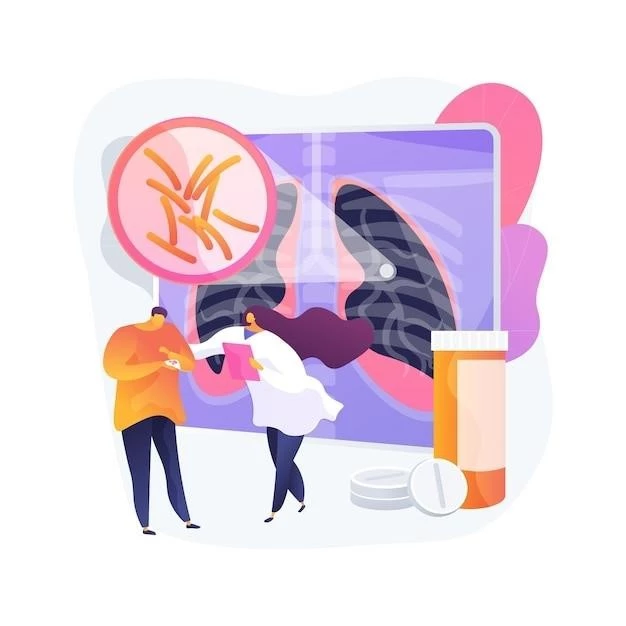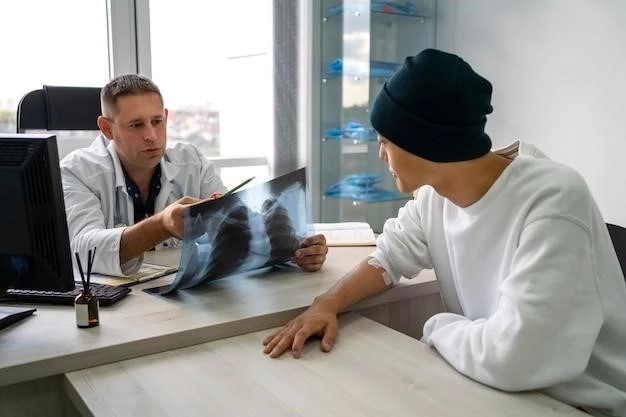– Genetic Factors
Genetic factors can play a role in the development of congenital unilateral pulmonary hypoplasia, influencing lung growth and structure in newborns.
– Environmental Influences during Pregnancy
During pregnancy, exposure to toxins, infections, or inadequate nutrition can impact lung development, contributing to unilateral pulmonary hypoplasia.
– Developmental Abnormalities
Developmental abnormalities during fetal growth can lead to structural issues in the lungs, contributing to the development of unilateral pulmonary hypoplasia.
– Respiratory Distress in Newborns
Newborns with pulmonary hypoplasia may experience rapid breathing, grunting sounds, and bluish skin due to inadequate lung development, requiring immediate medical attention.
– Chest Deformities
Pulmonary hypoplasia can lead to chest wall abnormalities such as asymmetry or indentations, impacting breathing function and requiring specialized care and monitoring.
– Imaging Studies for Diagnosis
Diagnostic imaging like X-rays, ultrasounds, or MRI scans can help reveal lung abnormalities and confirm unilateral pulmonary hypoplasia in affected individuals.
– Oxygen Therapy
Oxygen therapy is a crucial treatment for pulmonary hypoplasia, ensuring adequate oxygen levels in the bloodstream for improved breathing and overall health.
– Medications to Improve Lung Growth
Specific medications can be prescribed to stimulate lung development and growth in individuals with pulmonary hypoplasia, aiding in better respiratory function and overall well-being.
– Surgical Interventions
Surgery may be necessary for severe cases of unilateral pulmonary hypoplasia, involving procedures to improve lung function, correct abnormalities, and enhance overall respiratory health.
– Long-Term Respiratory Issues
Individuals with pulmonary hypoplasia may face ongoing respiratory challenges, such as difficulty breathing, reduced lung capacity, and an increased risk of respiratory infections throughout their lives.
– Developmental Delays
Children with pulmonary hypoplasia may experience developmental delays due to the impact of respiratory challenges on overall physical growth and cognitive development.
– Potential for Lung Transplantation

In severe cases, lung transplantation may be considered as a treatment option for individuals with unilateral pulmonary hypoplasia to improve overall lung function and quality of life.
– Lobectomy
A lobectomy may be performed to remove a lobe of the lung affected by conditions like pulmonary hypoplasia, optimizing lung function and overall respiratory health in affected individuals.
– Pneumonectomy
In severe cases, a pneumonectomy, involving the removal of an entire lung affected by conditions such as pulmonary hypoplasia, may be necessary to improve respiratory function and quality of life.
– Lung Transplantation
Lung transplantation can be a life-saving option for individuals with severe unilateral pulmonary hypoplasia, providing a new healthy lung to improve respiratory function and overall quality of life.
– Breathing Exercises
Structured breathing exercises are beneficial for patients with hypoplasia to improve lung capacity, strengthen respiratory muscles, and enhance overall breathing efficiency.
– Physical Therapy for Lung Function
Physical therapy techniques can help improve lung function in patients with hypoplasia by promoting chest expansion, enhancing breathing efficiency, and aiding in mucus clearance.
– Lifestyle Modifications for Respiratory Health
Adopting lifestyle changes such as avoiding smoke exposure, maintaining a healthy weight, and staying physically active can support respiratory health in individuals with hypoplasia.
– Reduced Lung Capacity
Unilateral pulmonary hypoplasia can result in decreased lung capacity, impacting the ability to breathe adequately and leading to respiratory challenges in affected individuals.
– Chronic Respiratory Symptoms
Individuals with unilateral pulmonary hypoplasia may experience persistent respiratory symptoms like wheezing, coughing, and shortness of breath due to compromised lung function and structure.
